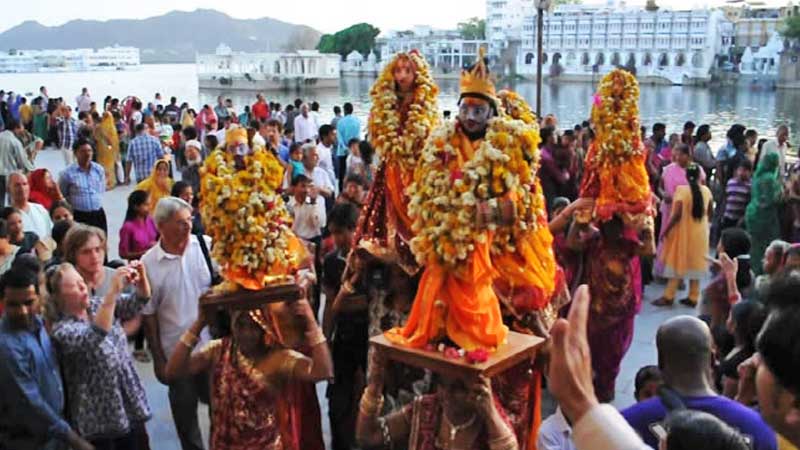
Mewar Festival Udaipur
In Rajasthan, men and women traditionally wore necklaces, armlets, anklets, earings and rings. With the advent of the Mughal Empire, Rajasthan became a major centre for production of the finest kind of jewellery. It was a true blend of the Mughal with the Rajasthani craftsmanship.
The Mughals brought sophisticated design and technical know-how of the Persian with them. The common link was the inherently decorative nature of the Muslim and Hindu art. The synthesis of the two cultures resulted in a period of grandeur and brilliance that dazzled the eyes of foreigners and has passed into legend. The jewellers of Rajasthan specilised in the setting of precious stones into gold and the enameling of gold. Jaipur and to some extent Alwar emerged as the enameling centers par excellence in the eighteenth and nineteenth century. Enameling was introduced by Maharaja Man Singh who had cordial relations with Akbar.
The enameled gold staff of the Maharaja is unsurpassed even today for its brilliant colours. For enameling the piece to be worked on is fixed on a stick of lac and delicate designs if flowers, birds and fishes are etched on it. A wall is made to hold the colours while engravings are made in the grooves to heighten the interplay of the transparent shades, thus enhancing the beauty of the jewel. The surface is fully burnished by agate; then the enamel colours are filled in painstakingly as in a miniature painting.
The article is then left in the oven on a mica plate to keep it off the fire. Colours are applied in order of their hardness those requiring more later when set it is rubbed gently with the file and cleaned with lemon or tamarind. The craftsmen in Jaipur are believed to have originally come from Lahore. In Jaipur the traditional Mughal colours of red, green and white are most commonly used in enameling.
A quintessentially Indian technique and a speciality of Rajasthan is the setting of stones by means of Kundan the jewellery in which stones are set is rarely solid gold, it has a core of lac, a natural resin. The pieces which make up the finished object are first shaped by specialised craftsmen (and soldered together if the shape is complicated) and left in separate hollow halves. Holes are cut for the stones, any engraving or chasing is carried out and the pieces are enameled.
When the stones are to be set lac is inserted in the back and is then holes. Highly refined gold, the Kundan, is then used to cover the lac and the stone is pushed into the Kundan. More Kundan is applied around the edges to strengthen the setting and give it a neat appearance. This was the only form of setting for stones in gold until claw settings were introduced under the influence under the influence of western jewellery in the nineteenth century.
More than one craftsman was often in the making of a single piece of jewellery. The chiterias made the design, the ghaarias the engraving the meenakar and the sunar was the goldsmith. These craftsmen received patronage from the nobles and the kings and therefore they did not have to compromise their art for the sake of popular taste.
They could take as long as they liked over a piece of jewellery. Many of the old styles remain unchanged to this day. In Pratapgarh a special type of quasi-enameling is done in which extremely fine work on gold is daintily carried out on green enamel, which forms the base. In Nathdwara a good deal of enamel work on silver and other metals is done nowadays as a furtherance to this famous age old craft.
Make Your Trip Now
MOST POPULAR PACKAGES
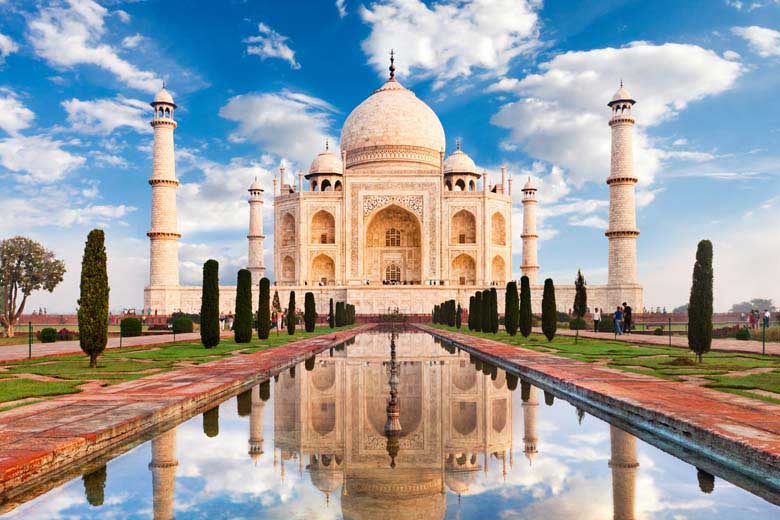
6 Nights / 7 Days
Golden Triangle Vacation Tour
India’s golden triangle is a tourist circuit which includes: Delhi, Agra (including the Taj Mahal), and Jaipur. These trips usually 7 days and do the trip as a circuit starting and ending in Delhi.
View Package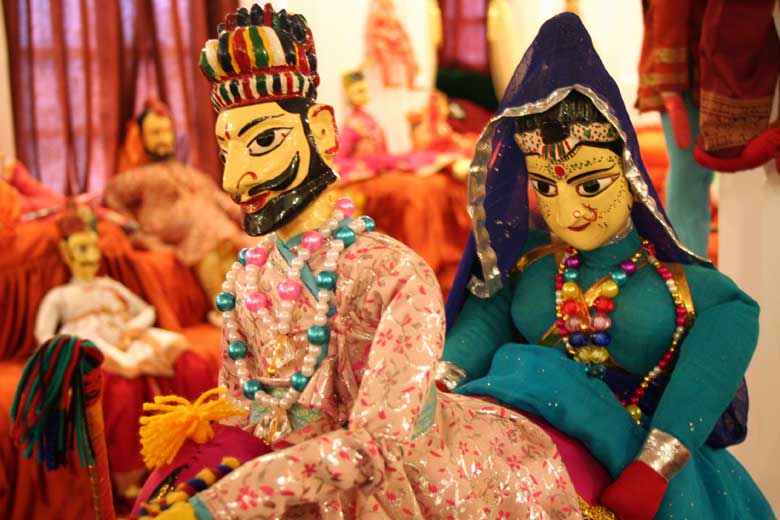
16 Nights / 17 Days
Rajasthan colorful Tour
Coloruful Rajasthan Tour is one of the most popular circuit of India. This tour package accommodates you to endure Rajasthan in all its different colors.
View Package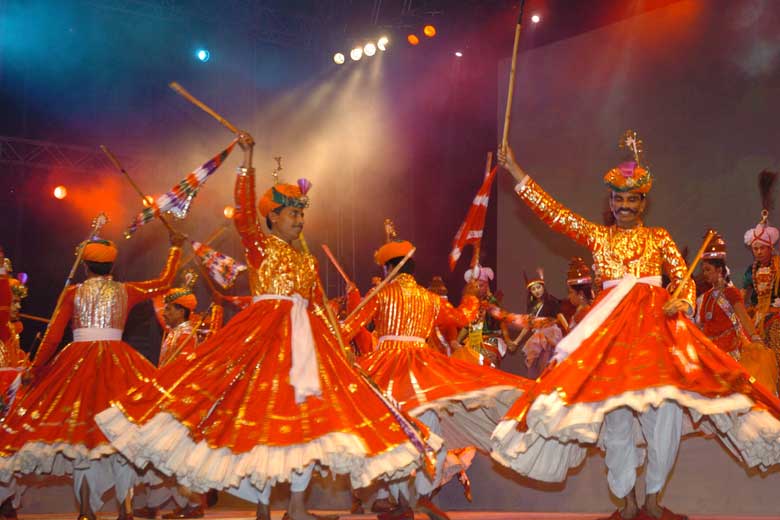
10 Nights / 11 Days
Rajasthan Cultural Tour
The Rajasthan state represents an unusual diversity in all its forms - people, culture, customs, costumes, cuisine, dialects and music and haveli's.
View Package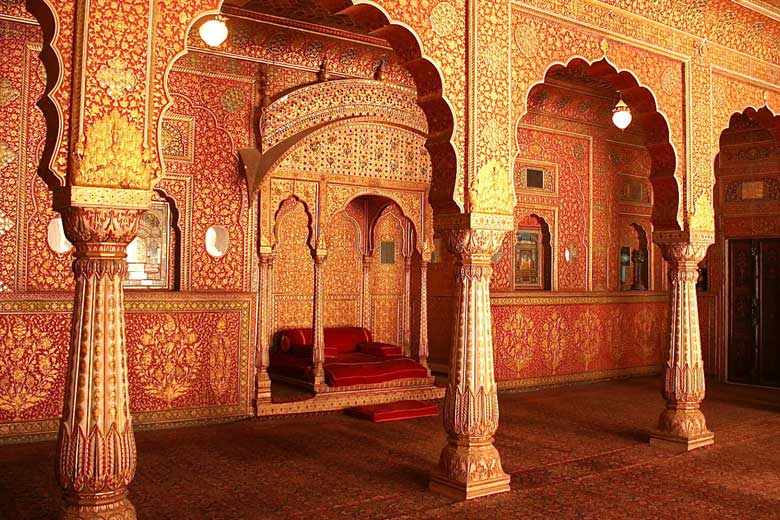
12 Nights / 13 Days
Rajasthan Fort & Palace Tour
Rajasthan is famous all over the world for its stunning forts and palaces that have been gloriously standing since decades in this princely state.
View Package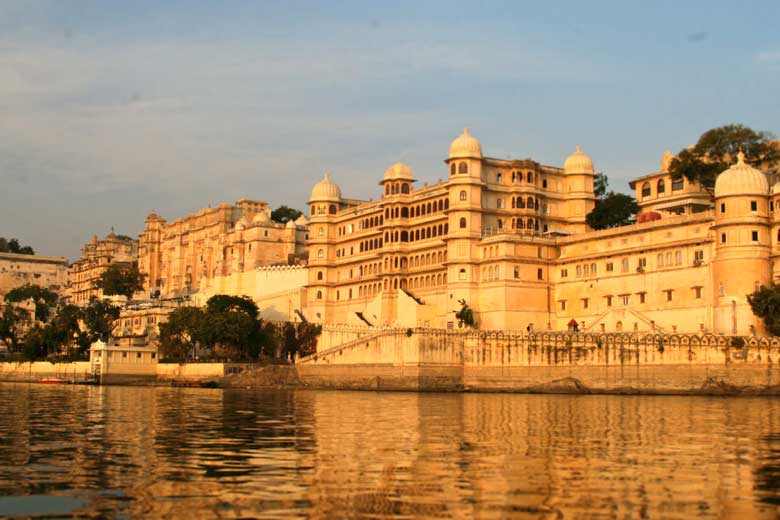
11 Nights / 12 Days
Rajasthan Heritage Tour
Rajasthan known as the "land of kings"provides some marvelous marks from the history in the form of its forts, palaces, mansions and haveli's.
View Package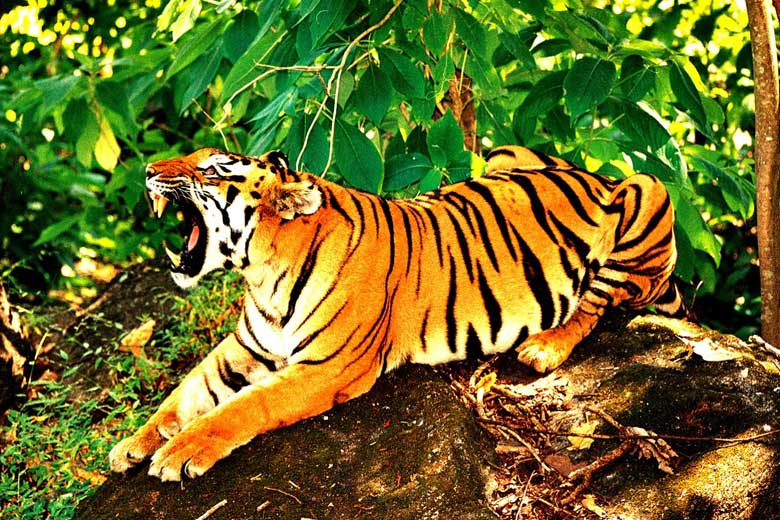
06 Nights / 07 Days
Rajasthan Wildlife Tour
The name Rajasthan has a habit of invoking the images of sun-bathed sand dunes of the Thar Desert, the rustic turban and mustache of Rajasthani men and women’s ghagra.
View Package
 Gujarat Toursim
Gujarat Toursim IATO - Indian Association of Tour Operators
IATO - Indian Association of Tour Operators +91-9811175768
+91-9811175768
